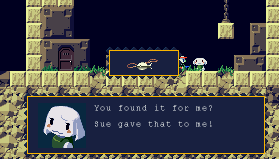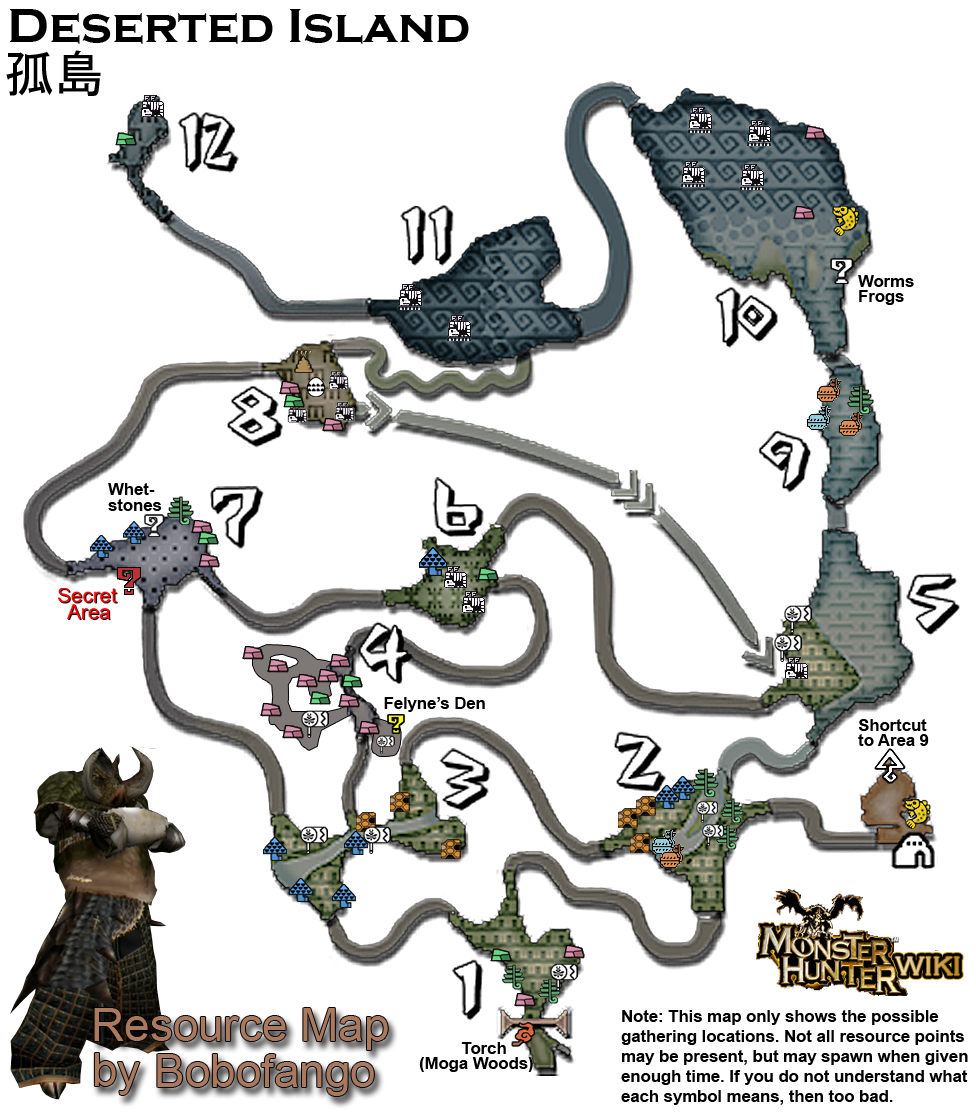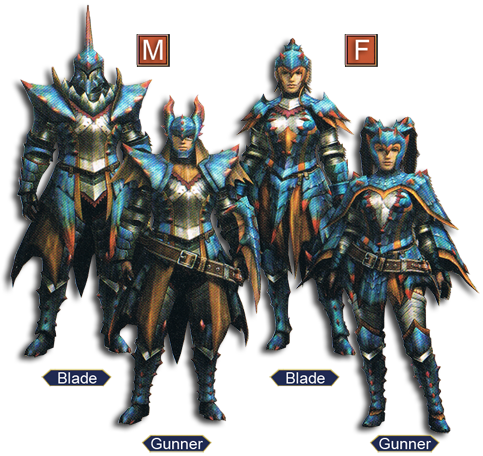Lego Star Wars was the game that prompted me to buy a Wii. I even bought the game before I bought the console.
1
The first video game I played was a home version of Pong. I don't remember much about it, but I do recall waiting for the TV to warm up so we could play a few games of Pong before Dukes of Hazard or some such came on. It's a simple game and after a few plays you are ready for something else. One of my friends had an Atari 2600 that got a lot more play from us since it had Breakout, Combat, Indy 500, and especially Space Invaders. I vividly remember spending entire afternoons trying out the various game modes of Space Invaders—the 2600 version had 112 including invisible enemies and moving shields.
Then a series of events pulled me away from home consoles for many years. We moved away, my parents got rid of our old TV and bought a Tandy 1000 SX home computer. So I missed out on the NES, the 16-bit consoles, the PlayStations, and the various other gaming systems that connect to a TV screen. Instead I played tons of PC games from Sopwith to IL-2 Sturmovik. As you might imagine, I also spent tons of time and money upgrading my computer so that I could play the latest PC games. It was sometime after I got married and before our son was born that I got burnt out and gave up on upgrading my PC. A few years later I picked up a Jakks Atari TV game out of nostalgia, but I figured I'd outgrown video games.
Time for a short history of video games digression. Video games exist in three distinct zones. The first is arcade games which reside in public locations such as bars, pizza parlors, movie theaters and, of course arcades. Second is home consoles, which are attached to family TVs in the living room or den. Lastly are computer games that played in the home office or den. As a result of these zones, each type of game has developed it's own distinct traits. Arcade games are bright, inviting, technically advanced, fast-paced, public, and unforgiving because they are designed to eat quarters. On the other end of the spectrum, computer games tend to be darker, complex, technically limited, contemplative, individual, and deep since they reside on the same machine that is used for word processing and spreadsheets. Home consoles sit between the extremes.
Initially, consoles were just cheaper versions of arcade machines that could be experienced in homes. But somewhere around the end of the Atari era and the beginning of the NES era, consoles began to assert a separate style of gameplay that was a little more relaxed than their arcade cousins. Donkey Kong did its best to kill you off in the first minute or two, but Super Mario Bros. gives you a lot more rope to keep playing. Console games could afford to offer a deeper experience without the pressure to cycle through players as there is at the arcade. On the other hand, they were restrained from becoming as complex as PC games since they relied on a public resource (the living room TV). Over time, console games drifted closer to the PC style as more gaming systems were attached to TVs in bedrooms and game rooms. By the time I started looking into consoles again, they were a far cry from the Atari I grew up with.
A few Christmases ago I visited my brother who has an Xbox 360 and a copy of Lego Star Wars, which he fired up between events. It looked fun so I asked to play and he handed me a second controller and I dropped in. We worked together for a while solving puzzles and beating up battle droids. Then he needed to go do something and dropped out for a while. As we played through the story, other family members (including non-gamers) sat around to watch the goofy cut scenes between levels. Gameplay is so accessible almost anyone can start playing (and make progress) moments after picking up the controller. In essence, the game was a lot like the family, living-room, arcade-style games from the Atari and NES eras.

When I first heard the concept of the game, I couldn't get my head around it. How do you make a game based on both Lego toys and Star Wars? I assumed there would be lots of building with bricks and that didn't seem to fit with the action-oriented movies. And the developers seem to agree since game uses Lego environments mostly for the sake of destruction. Pretty much everything that looks like it's built out of Legos can be destroyed. Besides being fun to smash up the environment, the game scatters studs (Lego currency) everywhere to be collected for buying bonus features and characters later. Building is included for solving puzzles, but it's somewhat abstract as you'll find a pile of bricks, hold a button and your character starts to assemble some useful object. (Often you can turn around and destroy it again, which is therapeutic.)

As for the movies, I've seen the original trilogy dozens of times and, as good as it is, I've gotten a little numb to the story. As for the prequels, they seem to take themselves too seriously and I actually fell asleep during the most recent one. Lego Star Wars manages to fix both issues at the same time. All the dialog-y bits are presented in pantomime cut-scenes that usually feature some sort of twist. For instance, the dramatic credit scene from Empire gets a gag where Luke's robotic hand jumps off his body and wanders around Thing-like. Then you get to play through all the action scenes which are greatly expanded from the movies. The game manages to capture the feel of the movie action sequence such as firing blasters at Stormtroopers while a droid works to open a blast door. Maybe not groundbreaking, but it feels just right.

After you finish a level in Story Mode, you unlock the option to play again in Free Play mode. In addition to using different characters, you can also find all sorts of hidden objects the second time around since different character classes are required to open up certain areas. There's just so much content and attention to detail it's hard to take it all in. Even in the overworld (Mos Eisley Cantina) you can easily amuse yourself getting into brawls, breaking up furniture, solving mini puzzles, and so on. By the way, get the Complete Saga version that includes levels from the first two games plus a few little extras.
By nature these games are cooperative. If you play alone, the computer takes over the other character, but it's not as fun. Either the computer will basically solve puzzles for you or will refuse to do their part causing you to switch from one character to another in a frantic attempt to do everything. After you've seen how to get through a section, it doesn't hurt to replay it on your own, but don't start off that way. Two player mode has it's own problems. Since there's only one camera, players can't wander where they please. It's not uncommon for one person to press ahead while the other wants to hang around and find secrets. Until one or the other caves in, this results in a frustrating fight for control of the camera that leaves both players stuck at the edge of the screen.
The other serious issue comes from the platforming elements. I don't know what it is about 3D platforming, but it's hard to judge jumps and the camera loves to move at the exact moment you need to pick a direction. Lego Star Wars exacerbates the problems by making the edges of the platforms mushy so you tend to slip to your doom when you get too close to a bottomless pit. If that weren't bad enough, you always respawn in the exact same spot and if you don't take action right away you'll fall in again and again. A stupid trick to play with a "friend" is to push them over a cliff and not move so they fall over and over. The computer loves to do that. (For an example of how to do this the right way, look at New Super Mario Bros. Wii.) Thankfully, death doesn't cost anything but studs, but this is a completely avoidable problem.
Another problem, especially for younger/less-experienced gamers, comes from the complex and layered nature of the levels. Often there will be a little hint that something is hidden behind a wall or a puzzle to be solved, but these are sometimes premature in Story Mode—they require characters that are unavailable. Even for me, it was sometimes hard to figure out what needed to be done to get through some levels. Particularly frustrating are the vehicle levels which seem to go on and on without giving any indication of how to proceed. In addition, they are the least cooperative sections of the game and even encourage competition.
And cooperation really makes this game special. It's a game that my son asks to play with me and then I get to be his hero by fighting off the bad guys and he gets to be the hero by finding the key to some puzzle or the direction to take next. And then my wife comes along and we switch to Wii bowling for a while.
Entertainment value: All 6 Star Wars DVDs edited by Steven Spielberg and a pile of Star Wars Lego sets.
1 - The reason I bought it before a Wii was that I wanted to get a copy of "The Complete Saga" for my brother who only had Episodes I-III. Unfortunately, I didn't know that XBox game boxes are green and Wii boxes are white. So I returned the game and bought it again about a year later.


































